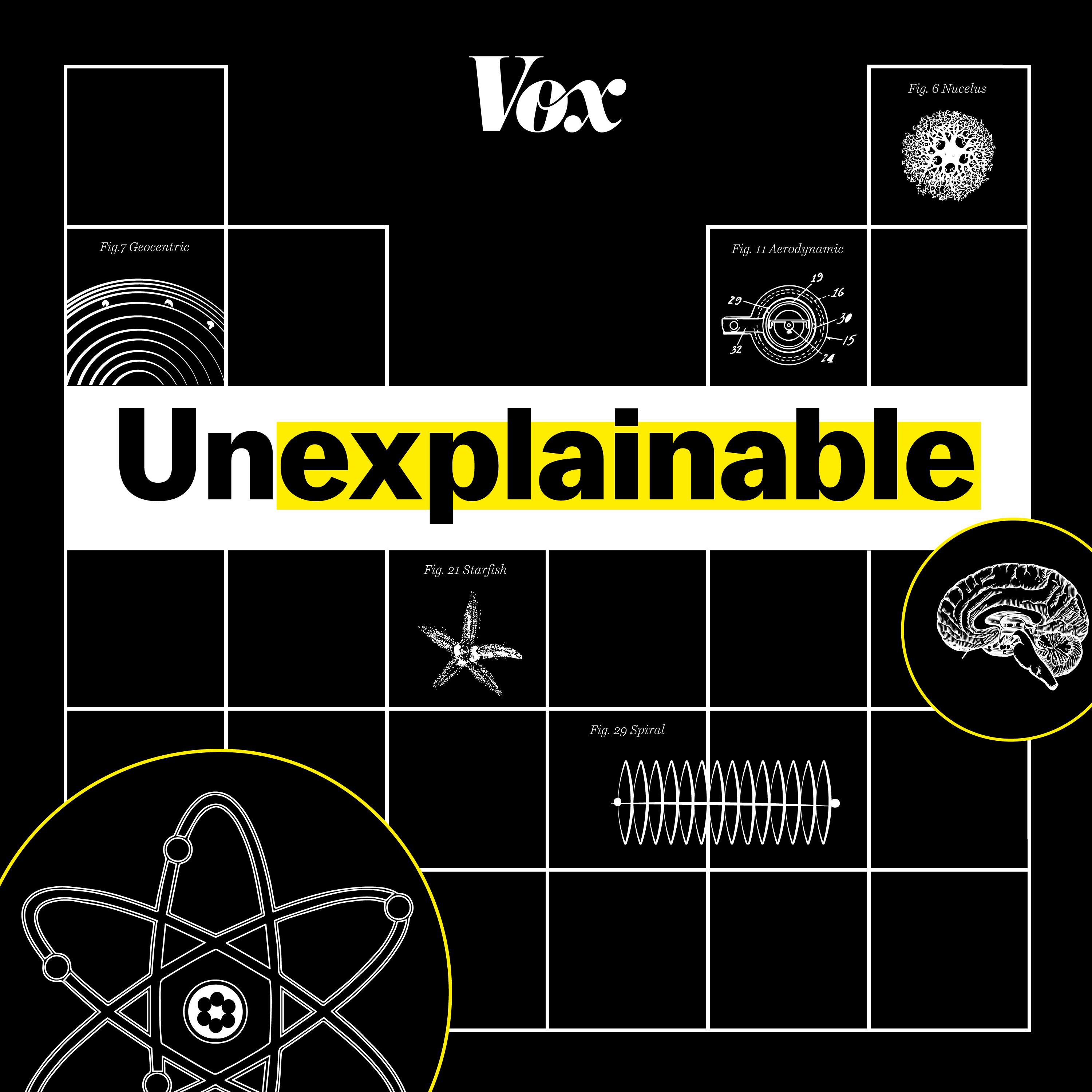We're sunsetting PodQuest on 2025-07-28. Thank you for your support!
Export Podcast Subscriptions
M
Mandy Nguyen
M
Marie Tharp
N
Nicole Yamase
N
Noam Hassenfeld
V
Vicky Farini
Noam Hassenfeld: 本期节目探讨了地球上最深的地方——挑战者深渊,以及对我们星球的理解如何因对海底的有限了解而发生改变。节目中采访了第一个探访挑战者深渊的密克罗尼西亚人Nicole Yamase,她分享了探险经历和发现。此外,节目还介绍了Marie Tharp利用声纳技术绘制海底地图的故事,以及她对大陆漂移理论的贡献。
Nicole Yamase: 我从小在密克罗尼西亚长大,一直被海洋包围。这次探险不仅是我个人的成就,也是所有密克罗尼西亚人的成就。在挑战者深渊底部,我看到了平坦的、未受干扰的细泥,并收集了沉积物样本以进行分析。我发现即使距离遥远,海洋表层和底部仍然相互联系,大型藻类或海洋植物可能是挑战者深渊底部生命能量的来源。
Mandy Nguyen: 目前只有20%的海底被测绘,大部分海底仍然是一个巨大的问号。绘制海底地图彻底改变了我们对地球的认知。在声纳技术出现之前,绘制海底地图是一项非常费时费力的工作。Marie Tharp是利用声纳技术绘制海底地图的先驱科学家之一,她通过将船只航行路径上的声纳数据点连接起来,绘制了海底轮廓图。
Marie Tharp: 我和Bruce Heesen将水平剖面数据整合到地图中,绘制了大西洋海底地图。我们发现了贯穿北大西洋的巨大裂缝——大西洋中脊,它是数百次地震的震中,为大陆漂移理论提供了证据。
Vicky Farini: 我们对海底的了解主要集中在沿海地区,对深海的了解仍然有限。深海就像一个水下博物馆,保存着许多关于地球运行方式的信息。海底形状影响深海洋流,进而影响气候;海洋产生大气中一半的氧气。我们对海洋的了解还处于初期阶段,还有很多未知领域需要探索。
Deep Dive
Nicole Yamase describes the experience of descending into the Challenger Deep, the deepest part of the ocean, and the changing colors of the water as they went deeper.
Shownotes Transcript
Earlier this year, Nicole Yamase explored the bottom of the Challenger Deep, the deepest place in the ocean, where few people have ever been. The rest of the seafloor is almost as mysterious — 80 percent remains unmapped — but the few glimpses scientists have gotten have completely revolutionized our understanding of the planet.
For more, go to http://vox.com/unexplainable)
It’s a great place to sign up for our newsletter, view show transcripts, and read more about the topics on our show.
Also, email us! [email protected])
We read every email.
Support Unexplainable by making a financial contribution to Vox! bit.ly/givepodcasts)
Learn more about your ad choices. Visit podcastchoices.com/adchoices)